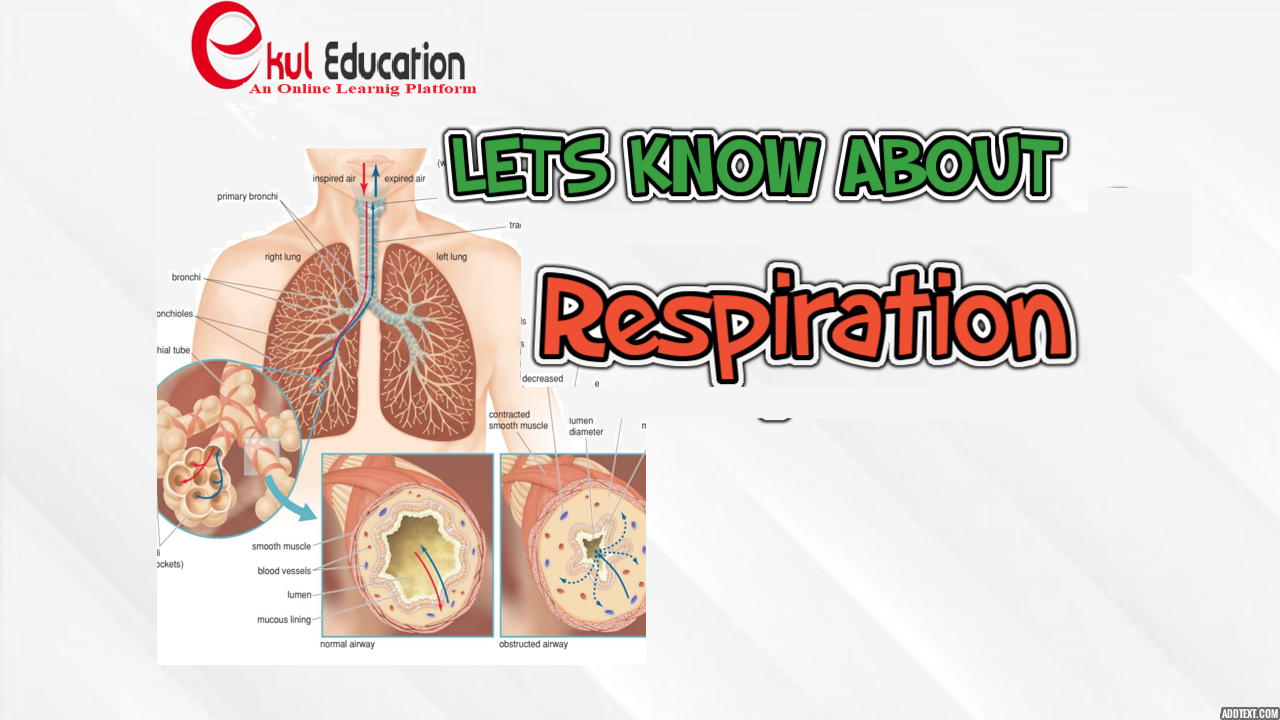RESPIRATION IN HUMAN BEING

The process of physiological respiration includes two major parts: external respiration and internal respiration.
- External respiration, also known as breathing, involves both bringing air into the lungs (inhalation) and releasing air to the atmosphere (exhalation).
- During internal respiration, oxygen and carbon dioxide are exchanged between the cells and blood vessels.
Respiration begins at the nose or mouth, where oxygenated air is brought in before moving down the pharynx, larynx, and the trachea. The trachea branches into two bronchi, each leading into a lung. Each bronchus divides into smaller bronchi, and again into even smaller tubes called bronchioles. At the end of the bronchioles are air sacs called alveoli, and this is where gas exchange occurs.
FEATURES OF RESPIRATORY SYSTEM
The process of inhale oxygen and exhale carbon dioxide is called breathing.
PROCESS OF BREATHING
- When we breath in air, the muscle of diaphragm contract and moves downward and the chest cavity and expands and air enter into the lungs.
- When we breath out air, the muscles of diaphragm relax and moves upwards. The chest cavity contracts and air goes out of the lungs.

PLEASE GIVE YOUR REVIEWS IN COMMENT BOX
QUESTIONS FOR SELF EVELUATIONS
- Name the tube connected to the nose / mouth to the esophagus.
- ……………… are responsib;e to the exchange of gases.
- Name the tube connect pharynx to trachea.
- When we breath in air, the muscle of diaphragm ……….. and moves …………
